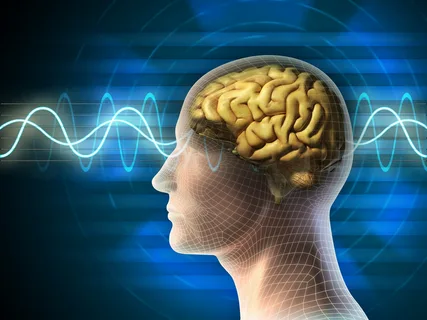At a bustling cocktail party, we swiftly decide which donut to grab from a passing tray. Despite the donut’s shifting position relative to our body, we manage to extend our arm and grasp it with surprising ease. But how does our brain determine the donut’s constant position in relation to the tray to execute accurate arm movements?
Traditionally, it was believed that only body-related spatial reference systems were processed in different brain regions for planning arm movements, disregarding object-related ones. However, a recent study published in Nature Communications by the Sensorimotor Research Group at the German Primate Center challenges this notion.
To investigate the underlying spatial coordinate system for goal-directed movements, researchers trained two rhesus monkeys to memorize movement goals on a touch screen and reach for them later. In the experiment, monkeys were presented with a horizontal line of five squares (the tray), and a target dot appeared in one of the squares. After the dot disappeared, the squares shifted to the right on the screen, and the monkeys were asked to touch the square where they had previously seen the target dot.
Contrary to expectations, the researchers discovered that both body- and object-related spatial reference systems were detected in the same brain areas and processed by the same nerve cells, dynamically adapting depending on the cognitive requirement. The researchers identified such flexible spatial coding in the parietal and frontal lobes of the brain.
For the donut tray scenario, the brain processes the desired donut information in an object-related coordinate system, i.e., relative to the tray, regardless of our position in space or line of sight. However, when planning to reach for the pastry, its position is coded in relation to our body.
These findings have significant implications for our understanding of brain function and the development of neuroprostheses. By understanding how the brain processes spatial information, researchers can design more effective motor prostheses that accurately respond to intended movements.
Alexander Gail, head of the Sensorimotor Research Group and the study, explains, “Understanding how the brain processes spatial information is crucial for controlling a robotic arm, as the correct control depends on describing the movement in the appropriate coordinate system.”
Future studies should explore how coordinate systems defined by the surrounding space contribute to planning movements when we move through a room.
*Note:
1. Source: Coherent Market Insights, Public sources, Desk research
2. We have leveraged AI tools to mine information and compile it.




